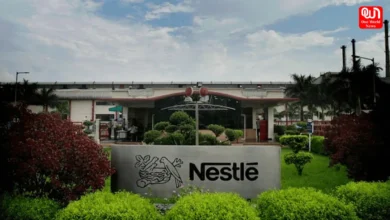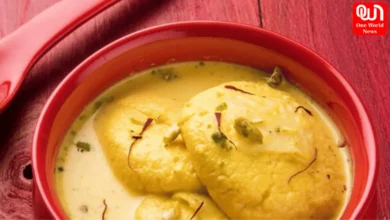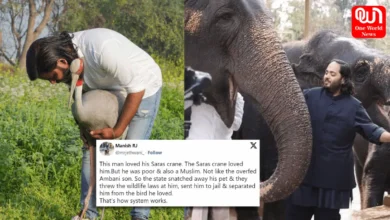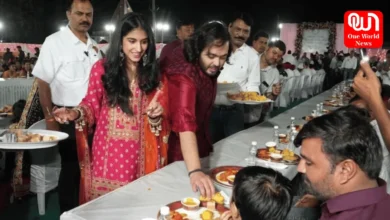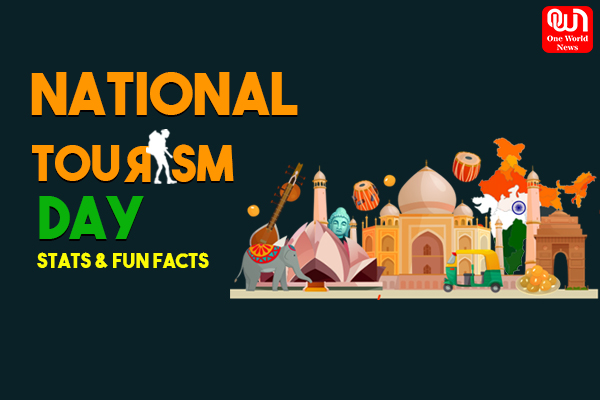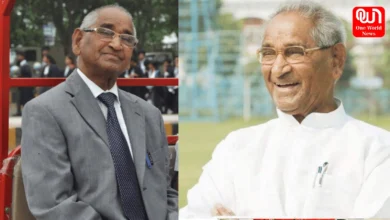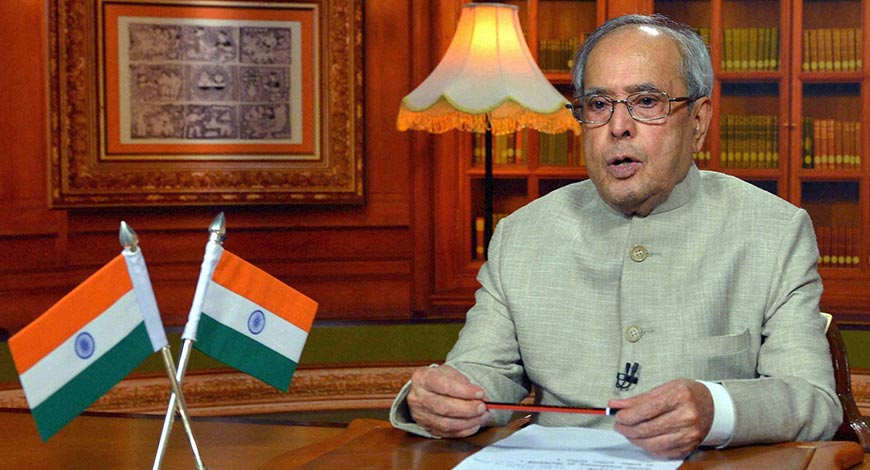
Every moment of 7-days mourning for Pranab Mukherjee is justified!
Centre announced seven-days mourning after former President Pranab Mukherjee died in Delhi hospital on Monday. The government said that seven-day mourning will be observed throughout India from 31st August to 6th September as a mark of respect to the departed dignitary. Mukherjee had developed renal dysfunction and a lung infection after he underwent surgery to remove a clot in his brain. Later he was admitted to the Army Hospital where he was put on ventilator support. The Congress veteran had also tested positive for the COVID-19 on August 10, 2020.
State mourning means that the flag will fly will at half-mast at all buildings throughout the country and there will be no official entertainment. The seven-day mourning is totally understandable because of the contribution Pranab Da had in Indian politics over the years.
Pranab Mukherjee was India’s 13th president and was appointed under the second term of the UPA government and lasted till 2017. By the time he was appointed the President, he had already lived a long life as a strong Congress leader who held multiple positions in the Union Cabinet since the 1970s to 2012 when he was appointed the President of India. During his term as the President, Mukherjee shared a good bond with PM Narendra Modi. So much so, that the NDA government gave him the highest honour of India, Bharat Ratna in 2019.
Read more: 5 most successful finance minister of modern India

Once called ‘The Wall’ in the context of Rahul Dravid’s cricketing skill by senior Congress leader Salman Khurshid, Pranab hails from Bengal. He is probably the last prominent face in New Delhi’s politics from the state.
Pranab Da started his career from Bengal politics and became a founding member of Bengal Congress and won a Rajya Sabha seat in July 1969. It was at this moment when Indira Gandhi, then Prime Minister of India, saw a parking potential in him and thus he was called to join the Indian National Congress in New Delhi.
Pranab Mukherjee maintained a closeness with South block and North block
Since then, there was no looking back. The Bharat Ratna awardee went on to become one of the few Gandhi loyalists who managed to be a Member of Parliament through the years. He also remained close to the South Block and North Block near the parliament. Pranab Da was chosen as the Rajya Sabha member for five consecutive terms in the Upper House.
He was one of the few leaders who stood by Indira Gandhi at the time of Emergency when democracy rights were suspended. He was rewarded for his loyalty and became the finance minister in the second term of the Indira Gandhi government. It was during his tenure when Dr Mamohan Singh was appointed as the governor of Reserve Bank. It was during his tenure that India was able to return the IMF loan for the first time.
After Sonia Gandhi decided not to sit on the throne after winning the general election in 2004, Pranab Mukherjee’s name was amongst the first-comers to have a claim at PM’s post. However, Sonia entrusted Manmohan Singh as the Prime Minister in the first United Progressive Alliance government.
Though Pranab became the second in command in the two successive UPA governments, with high profile portfolios like finance, defense and external affairs, his supposed hopes for the chair of PM were dashed. In 2007, his name did make rounds for the Presidential nominee but he was only able to have his residence at Rashtrapati Bhavan in 2012.
Pranab Mukherjee, Greatest crisis manager
Pranab Da has been often termed as the crisis manager and consensus builder in the INC and the government. Once he headed over 90 groups of ministers, coordinated with UPA constituents and opponents, and devised the parliament strategy of the government. He was the ‘consensus builder’ and ‘crisis manager’ in the party and the government, who headed over 90 groups of ministers (GoMs) at one point, devised the government’s parliamentary strategy, coordinated with UPA constituents and opposition parties. Mukherjee was part of almost every important committee of the INC that dealt with governance and politics- Congress Working Committee, UPA-Left coordination committee, and Congress Core group. Still, he could never become the number 1 and remained number 2.
The country will remember him as a soft-spoken and ambitious leader who maintained close relations with both the Manmohan Singh and Narendra Modi office.
Have a news story, an interesting write-up or simply a suggestion? Write to us at info@oneworldnews.com

